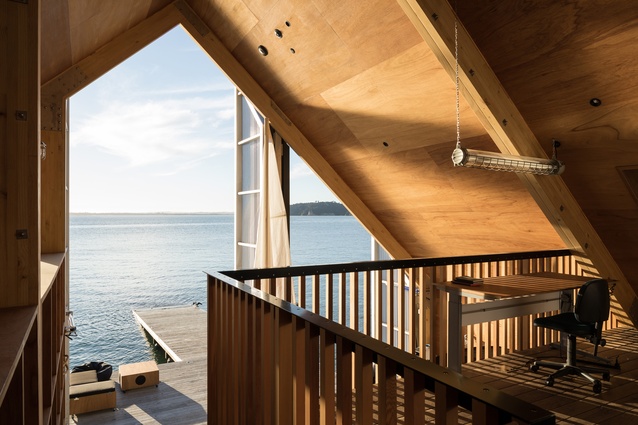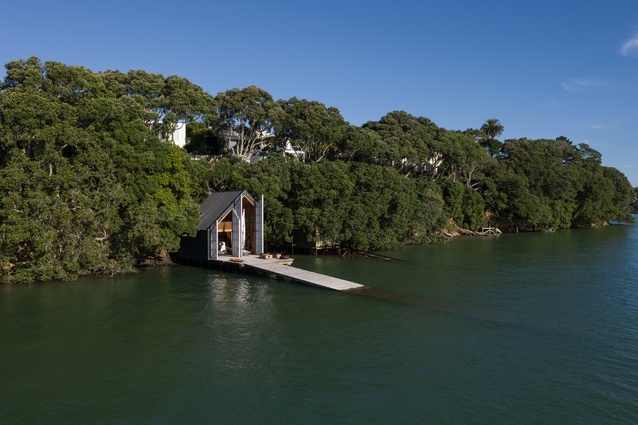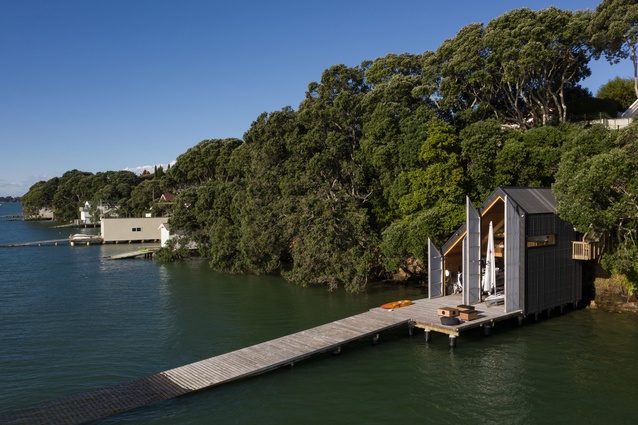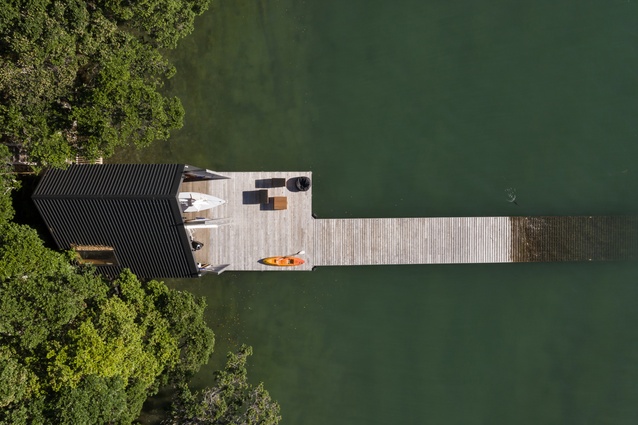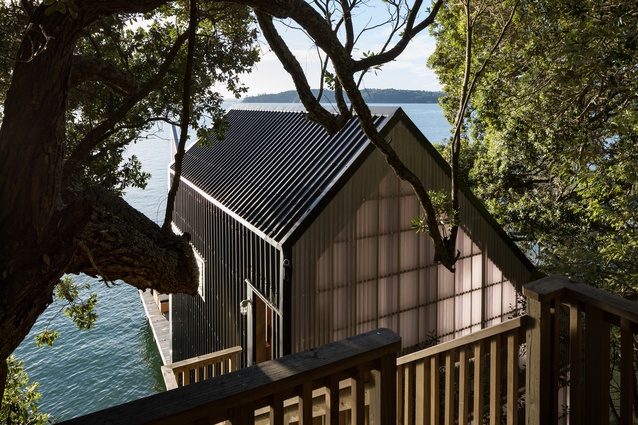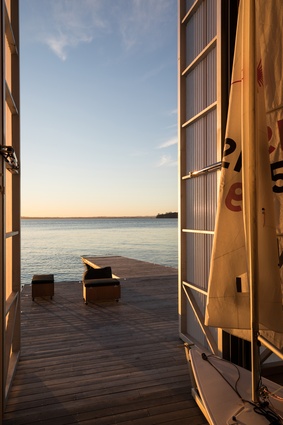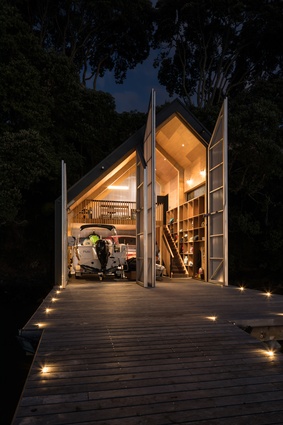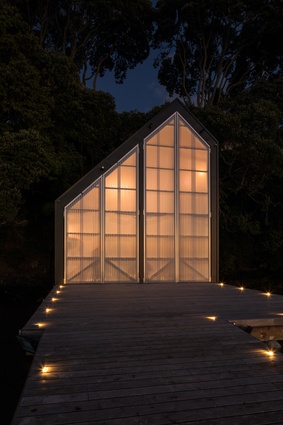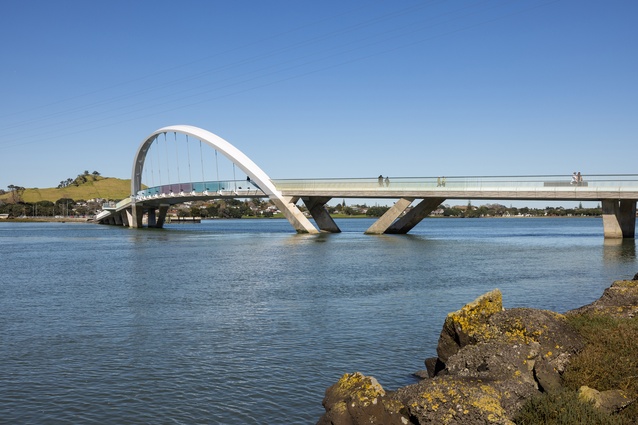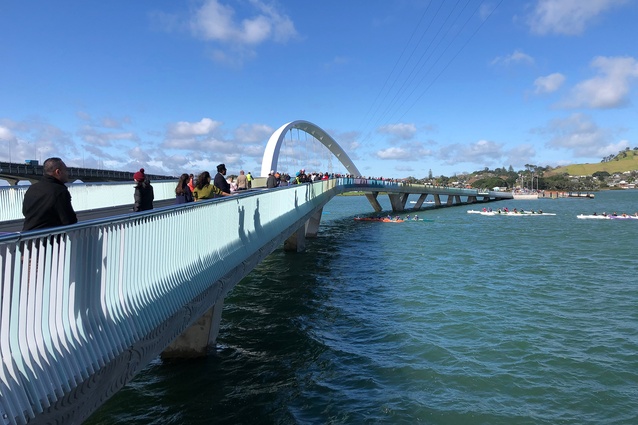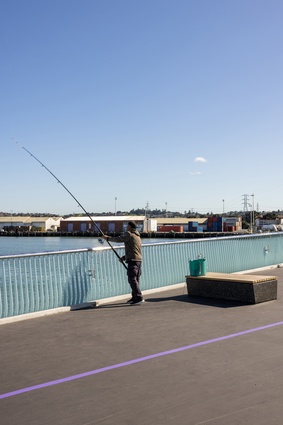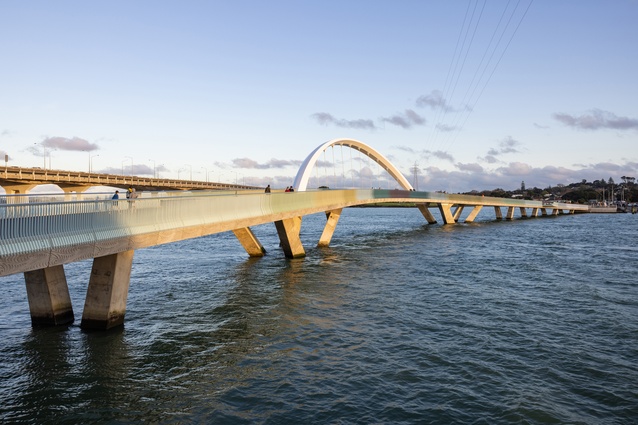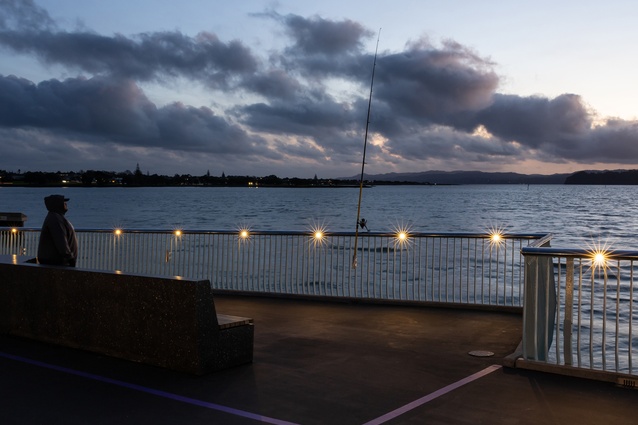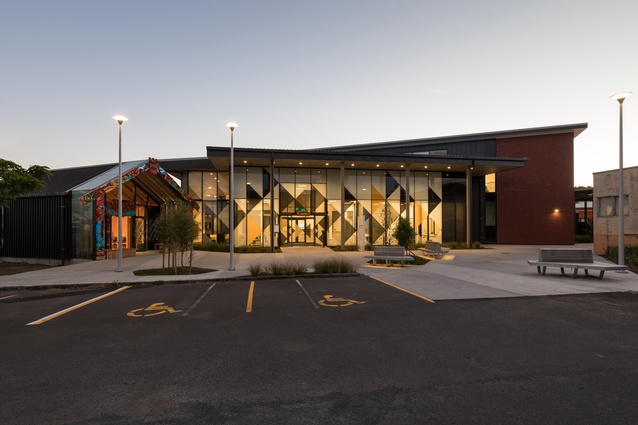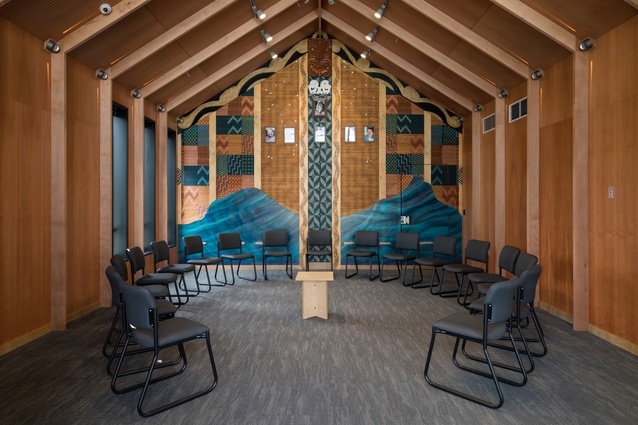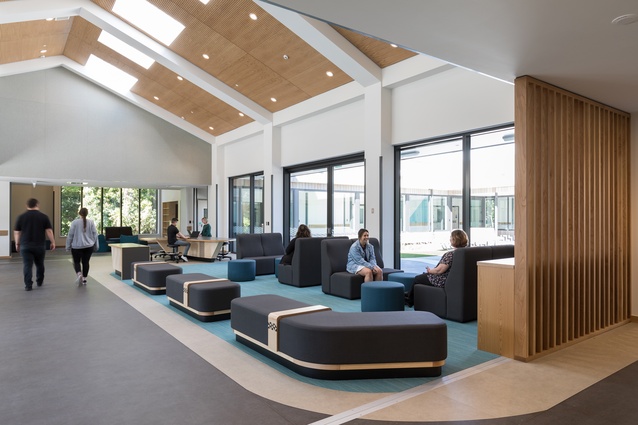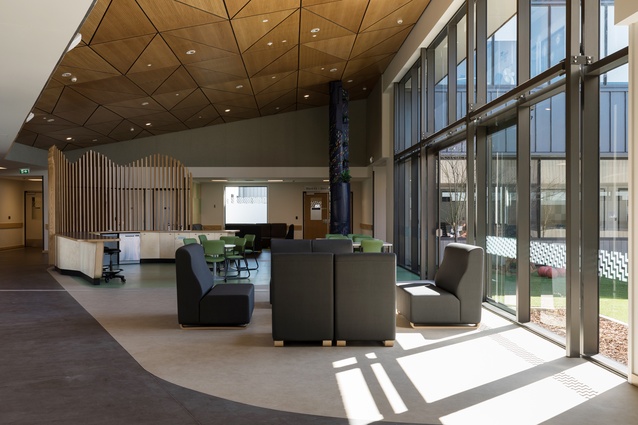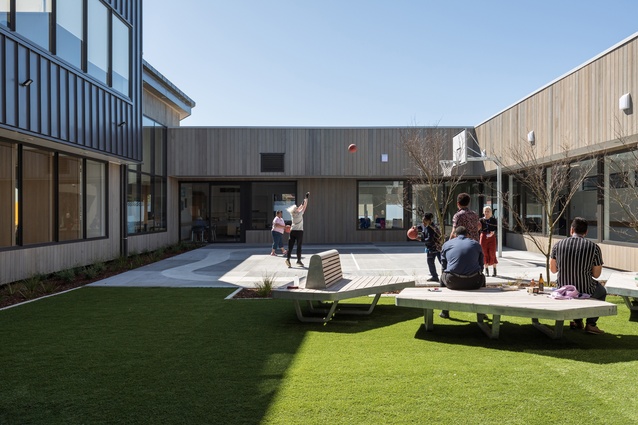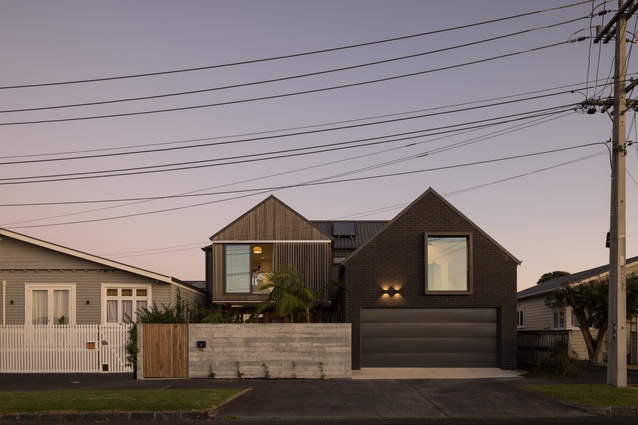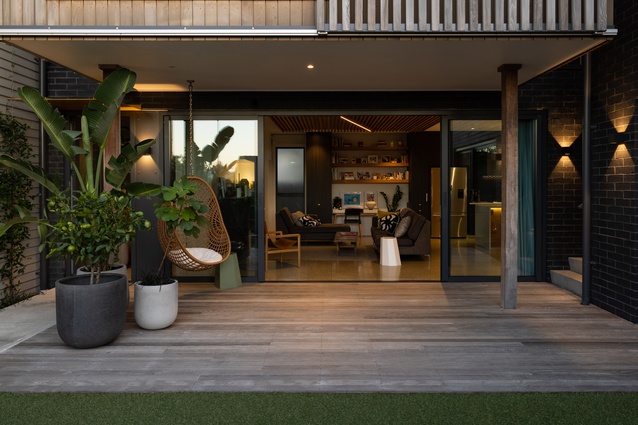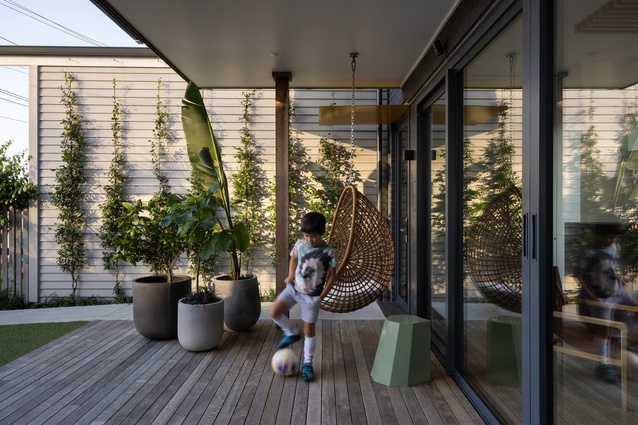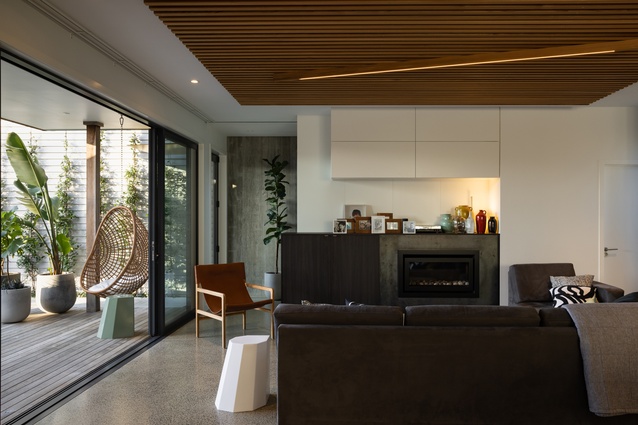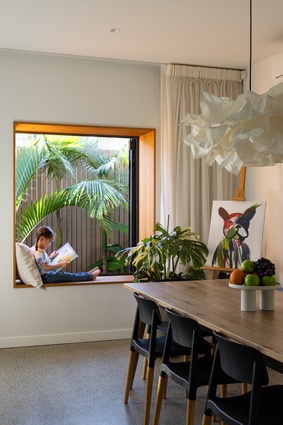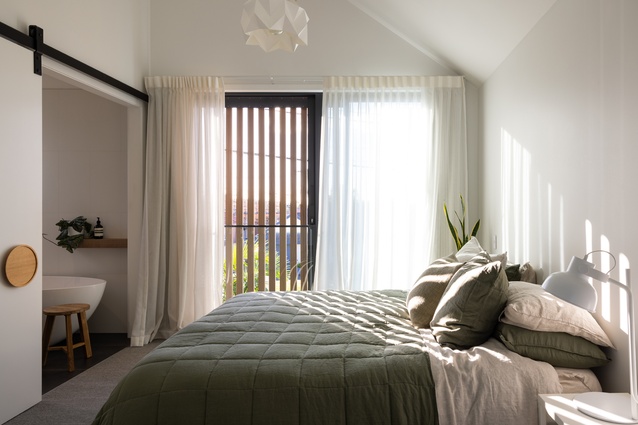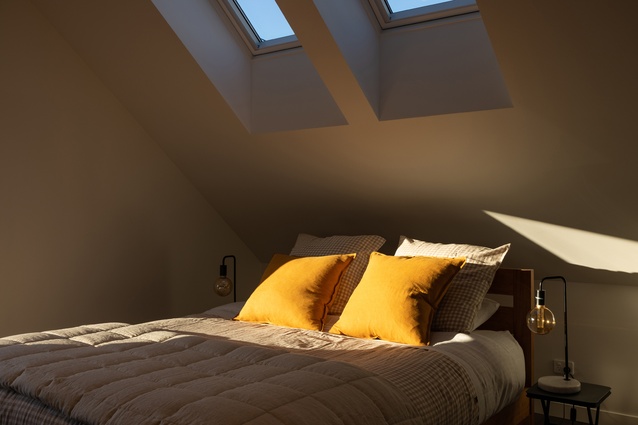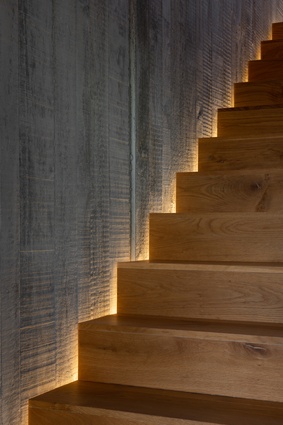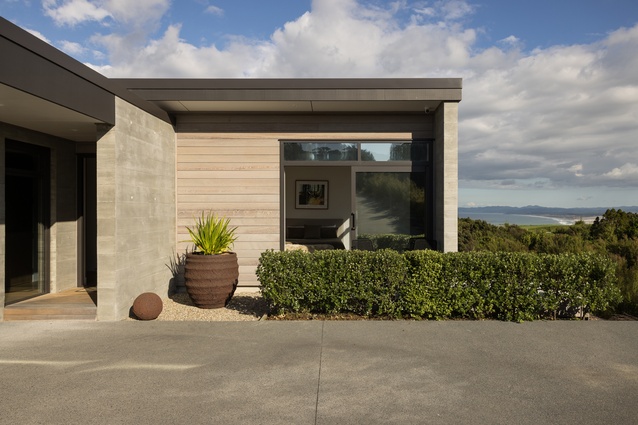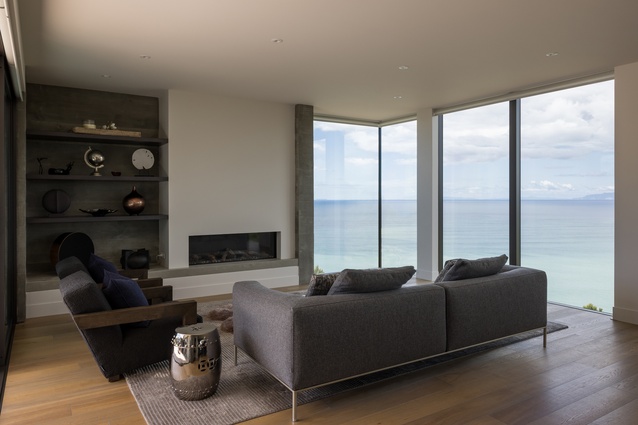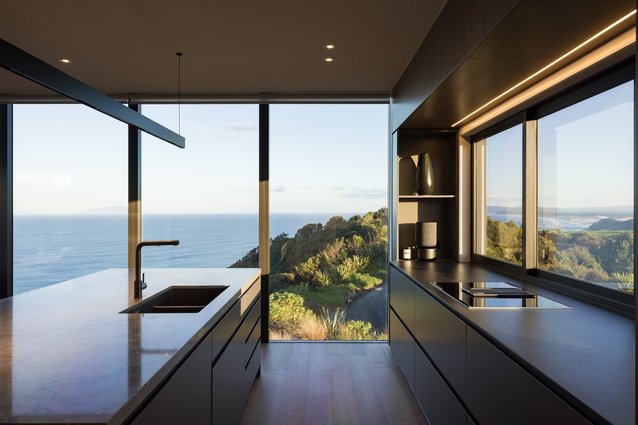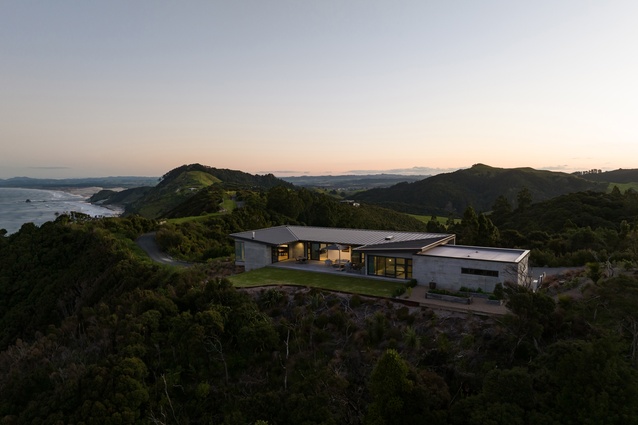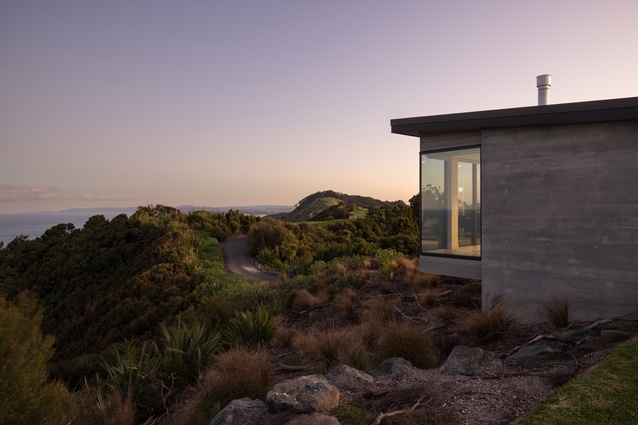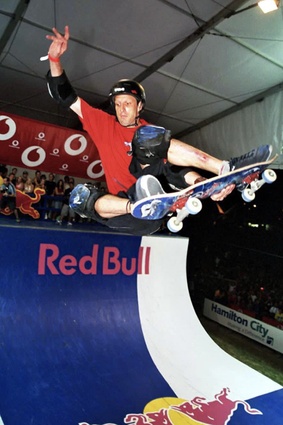Viewfinder: Top five with Mark Scowen
Mark Scowen has been a professional photographer for close to 20 years, specialising in architectural, interior and urban design photography and working with some of New Zealand’s top architects and designers. His first commission, however, was something entirely different, photographing Tony Hawk on the Red Bull Vert Ramp in Hamilton back in 2000.
Tell us about your five favourite projects. What stands out about each of these in particular?
It’s very hard to choose five favourite projects, as it changes from year to year. I would like to think that I’m always learning something so the projects that were favourites 10 years ago, I look at now and can see the shots I wish I had taken then.
Michael Cooper Boathouse
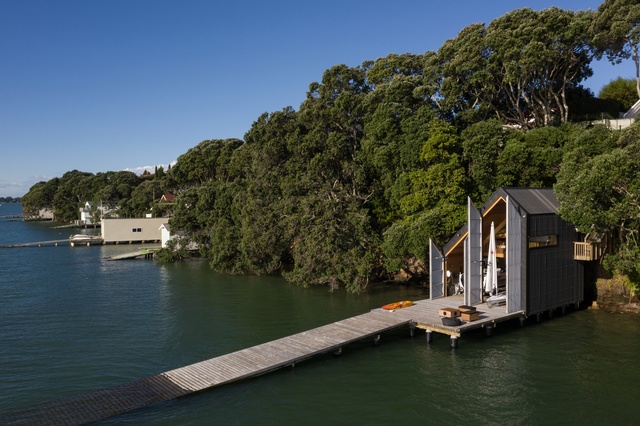
This is a small project that Michael and I talked about photographing since he first shared the plans with me a few years earlier. I had the chance to visit while it was still under construction, grabbing a few drone shots in the very early stages so I had been looking forward to this project for quite a while. With a shoot that required celestial bodies to align, i.e. the sun and moon to get high tide at sunset and on a sunny Auckland day, it took a few months but it was worth the wait.
The Herne Bay boathouse, built over the foundations of a much-earlier version, has been designed to fit a Laser with mast installed, along with a small speed boat and associated toys. It creates a distinctive form, tucked under the pōhutukawa, with its translucent doors glowing in the early evening.
Its large deck with expansive views at the top of the ramp is just the sort of place I would love to spend time with friends, watching the tide come in and the sun set with a beer in hand, talking about anything and nothing, which is exactly what we did during the photoshoot. Sometimes it doesn’t feel like work at all.
Nga Hau Mangere – The Old Mangere Bridge by Bossley Architects

I’m old enough to remember driving over the original Mangere Bridge and have watched it fall into disrepair over the last decade or so but my enduring memory of it is that there were always people fishing there, catching kahawai and hooking a stingray. I love that Bossley Architects, working with Aurecon and Isthmus, created space to fish from on the new bridge, creating memories for new generations of Aucklanders.
This shoot was done in two stages as, for media purposes, my clients needed some images prior to the official opening and a second shoot after it was open to the public. They arranged access on a perfect Auckland blue-sky day while it was still closed and I spent time looking at different angles as the sun arced across the sky. The images from that first shoot really highlight the form and structure of this incredible bridge but I haven’t included any of those images in my selection here. Like all architecture, it was built for people to use and, without people, it’s still a beautiful bridge but it feels empty. So I prefer the images from the second shoot, which occurred very soon after the opening, in the late afternoon and early evening. I had a great time photographing families, couples and groups, walking or cycling across and fishing from this great asset, which is both a means to get from one side to the other and a destination in its own right.
Tiaho Mai – Middlemore Hospital
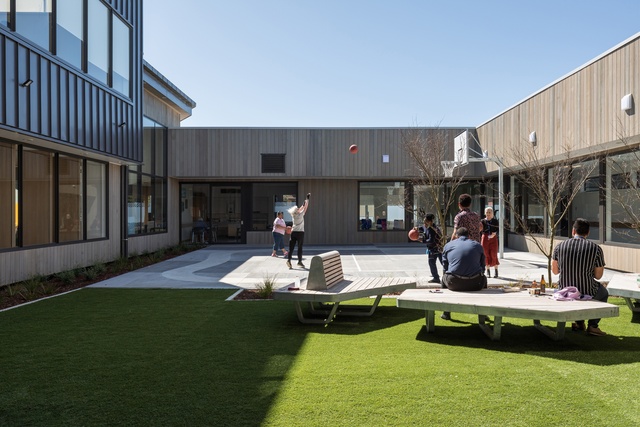
Two decades ago, I spent a few years working in mental health, supporting people with experience of mental illness into work. It was an incredibly rewarding role, working with great people and, during that time, I had the opportunity to visit mental health units in other parts of the city, so I had some preconceived ideas about what Tiaho Mai would look like. Klein Architects had taken a very different approach, making it feel a lot less like a hospital, which traditionally has long windowless corridors and small rooms off each side. Here, the rooms are on one side only – the other side has window seats looking out across large, sunny courtyards, creating a sanctuary from the outside world. Arriving at an acute mental health facility can be incredibly distressing for someone experiencing mental illness but arriving here doesn’t feel like arriving at a hospital, or worse, a prison. First impressions count for a lot and my first impression of Tiaho Mai was that this feels like a place where someone can heal.
Studio TT Point Chevalier House
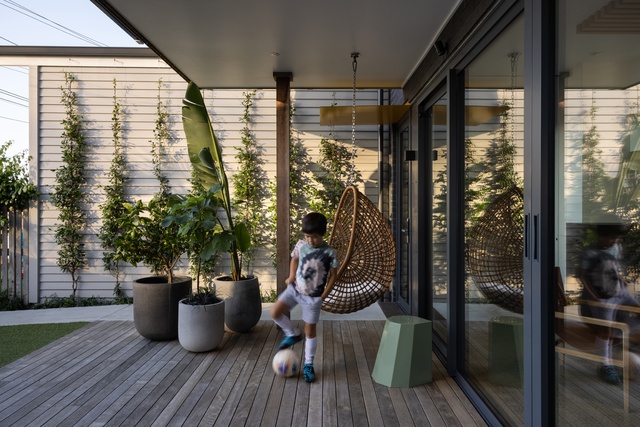
Photographing an architect’s own home is always fun but also a little scary, as they know the project intimately and can easily compare the delivered images with reality. Like most other shoots, this was planned around the sun, on one of the few fine afternoons we had earlier this year. The architect’s children were roped in to model, which came naturally to them. Thao Nguyen’s NZIA award-winning four-bedroom home on just 225m2 in Point Chevalier is dubbed the ‘Backyard House’, as it is literally built in their backyard. It feels big on the inside, despite its very small footprint. With that small footprint came some photographic limitations, as there was really just the one exterior elevation you could see, which has a large power pole to one side with powerlines across the front casting shadows onto the house. It’s always interesting to see which images a client selects to use and I love that the shadows made the cut.
I come home from a lot of projects with ideas to ‘steal’ for the not-too-distant future – when we get to build our dream home somewhere in Central Otago or the Mackenzie Country – and the master bedroom, complete with timber screen and amazing filtered light, is one of those ideas.
Bream Tail home by LTDArch
Maybe it’s not so hard to choose a favourite after all! I briefly scoped this project ahead of the photoshoot and it was love at first site. This was confirmed a couple of weeks later, when I had an afternoon and evening set aside to photograph it.
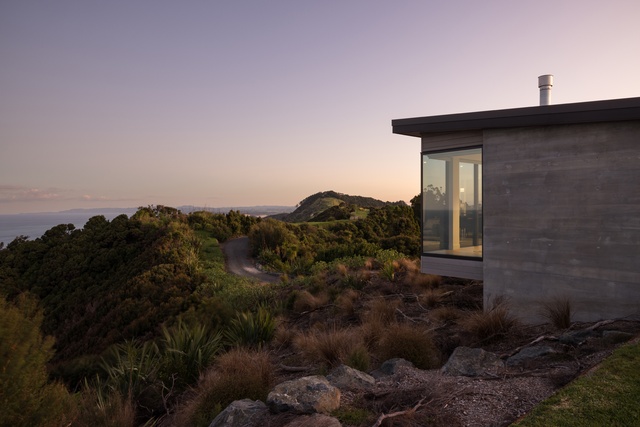
The clifftop house north of Mangawhai is anchored by the shuttered concrete exterior, built to withstand the regular galeforce winds that come with such an elevated and exposed site. Protected from the prevailing westerlies, the home is far more open to the east, where it opens up completely, looking out across the Pacific and, from certain angles, this house feels like it extends beyond the cliff edge. I would love to be here during a raging easterly storm, hearing the wind rushing through the trees and listening to the waves crashing into the cliffs below, shaking the ground while I’m warm and dry with the fire roaring, looking out through the floor-to-ceiling windows.
How did you enter the world of photography? Did you always have an interest in architecture or has that evolved over time?
I have always liked photography from a young age and I got my first camera at about 10 years old, an Agfa Sport 110 that took terrible photos. A few years later, I got a cheap SLR. By the end of the 1990s, I had a fairly mundane project role at what was then Telecom and somehow managed to talk my way into getting a media pass for a few different sports events that I was interested in. My first paid shoot was photographing Tony Hawk on the Red Bull Vert Ramp in Hamilton in 2000.
I’ve always appreciated great design and regret not having studied architecture but, 17 years ago, after a few years working in social services and mental health, the birth of our first child gave me the opportunity to be a ‘stay at home’ dad for five years. During that time, I established myself as an architectural and interior photographer, taking the technical photography skills I had and bringing that to a different environment, working with a few great clients who gave me a chance to learn and grow.
How do you go about capturing a space?
Depending on the project, I usually receive some plans and renders and, for exteriors, I use Photophemeris, which combines Google Earth images with an overlay that shows the angle and elevation of the sun for any day and time. This is a good place to start but nothing beats having a great relationship with clients, which leads to a collaborative approach. My ideal is where ideas are shared during a walk around and through the project with my client, ahead of the shoot, to get a feel for the story they want to tell and what is important to them.
I then spend time planning which areas and angles I want to photograph during the day and chase the light from one spot to the next. At times, it can seem frantic and, at other times, I’m just waiting for the light to change and experiencing the spaces over time. It’s while waiting and exploring that other shots will present themselves that didn’t seem like a shot until that moment. I have a tendency to shoot a lot more images than expected and will often retake the same angle at different times and then select from those during the editing process which will best tell the story.
What inspires you outside of work?
I love ‘getting away from it all’ with my family and friends, without the distractions of running a business and the only way to really do that is to go somewhere with no mobile coverage. (I’m not looking forward to 100% mobile coverage from Space X next year and will have to learn to switch my phone off). Since Covid, we’ve spent a week exploring Fiordland from the water, hiked the Hollyford, Milford, Routeburn and Abel Tasman tracks and spent six days on Stewart Island. I often won’t take a camera but always have my iPhone.
Are there any projects or project types that you’d be keen to photograph but haven’t had the opportunity to yet?
One of the incredible privileges of this type of work is that I get so much variety and have photographed everything from maximum security prisons to Mormon temples to superyachts to the interiors of private jets. But if anyone has an island resort they want photographed…

